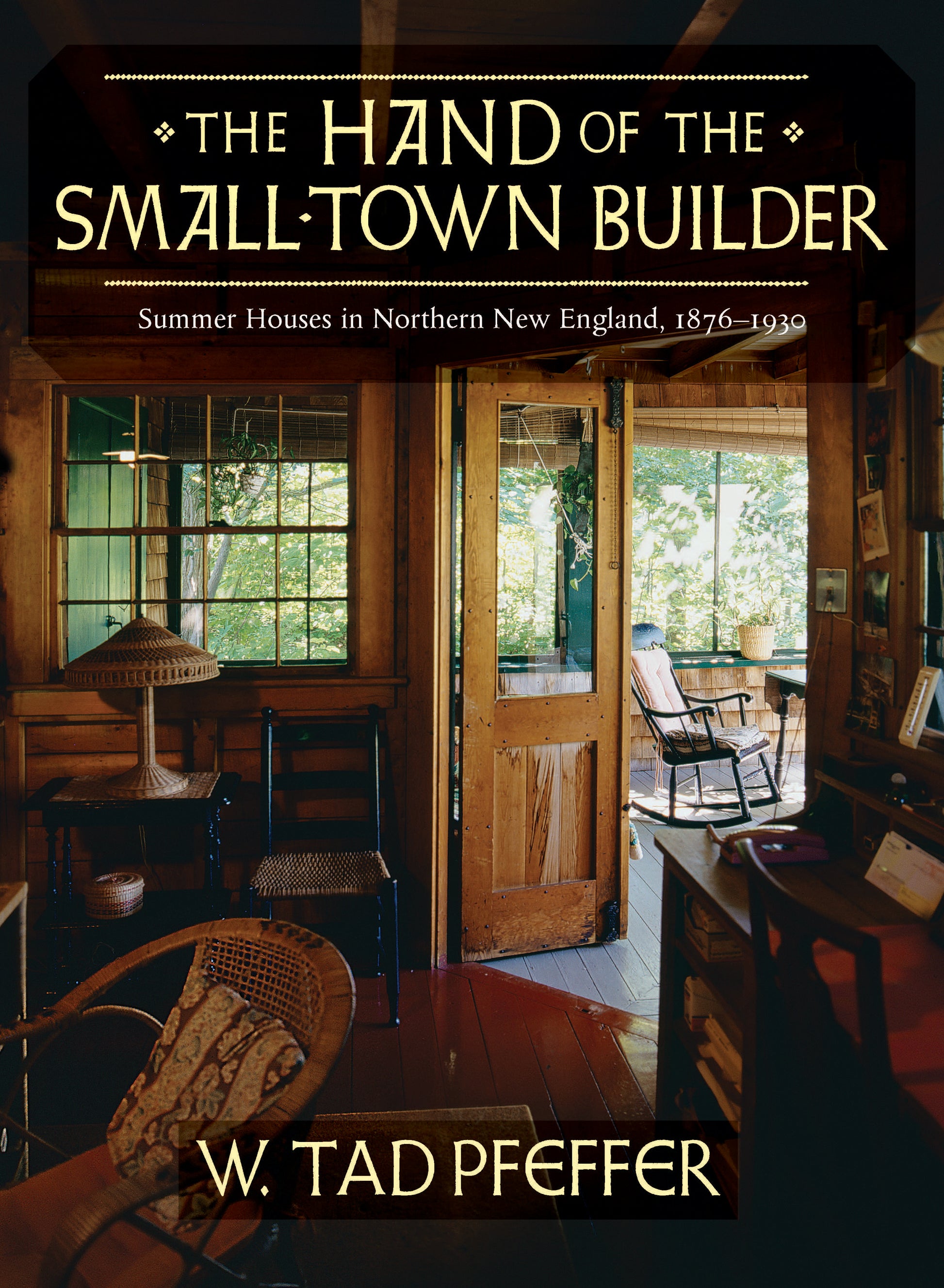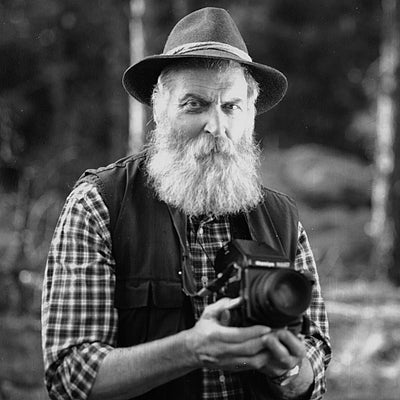
A richly documented survey of master craftsmen and vernacular architectural design.
Northern New England in the late nineteenth century saw an explosion of new home construction. The concept of a paid summer vacation was gaining traction and families were eager to rusticate in small villages. Middle-class families could afford to build homes, and since their budgets precluded “name” architects, the need was answered by native builders, talented craftsmen familiar with the local resources who could draw the basic lines, muster and supervise a building crew, and meet the needs of clients. These weren’t the fancy summer “cottages” of Newport or Bar Harbor, but simple structures erected on modest budgets for comfortable summer living. Many were, and still appear, very beautiful, and the best examples are shown in this striking survey of houses built by self-taught architects whose work survives as testaments to their skill.
The men behind the developments were far more than builders; they acted as land speculators, developers, and architects. They ran the typical three-man crews, house-sat over the winter, and were the liaisons with the “summer people” who would arrive in June and leave in early September. The houses they built were sensitive to the local topography and connected to the landscape as masterpieces of vernacular design. From the seacoast and islands of Maine to the hill towns, lakes, and rivers of Vermont and New Hampshire, Pfeffer has thoroughly researched and thoughtfully photographed the best examples. His text is rich with history and commentary. This is a scholarly and richly documented survey of master craftsmen whose subtle but powerful influence on the northern New England landscape is poignantly recorded in these pages.

